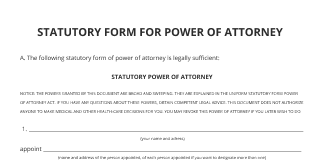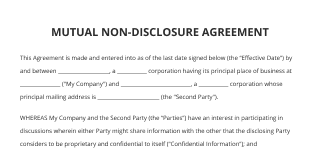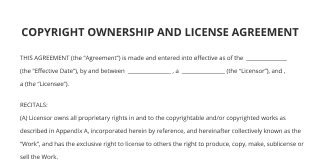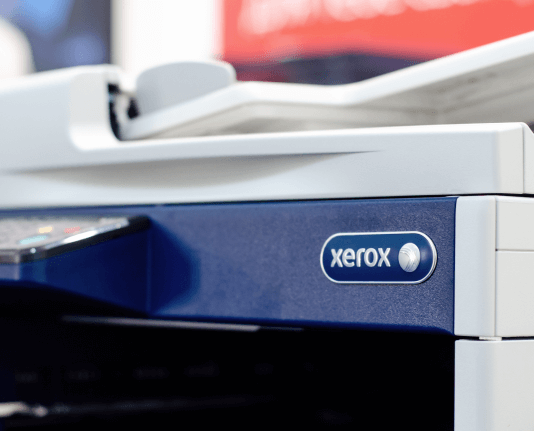What is the Difference between Bill and Invoice for Your Business Needs
Move your business forward with the airSlate SignNow eSignature solution
Add your legally binding signature
Integrate via API
Send conditional documents
Share documents via an invite link
Save time with reusable templates
Improve team collaboration
See airSlate SignNow eSignatures in action
Understanding Bills and Invoices
Both bills and invoices serve the purpose of requesting payment, but they differ in their context and usage. A bill is typically a statement of what is owed for goods or services already provided. It is often associated with immediate payment, such as in restaurants or retail settings. An invoice, on the other hand, is a detailed document issued by a seller to a buyer, outlining the products or services provided, their quantities, and agreed-upon prices. Invoices are usually used in business transactions where payment is expected at a later date.
Key Differences in Purpose
The primary difference between a bill and an invoice lies in their intended purpose. Bills are often used for immediate transactions, while invoices serve as formal requests for payment after services or goods have been delivered. This distinction is important for businesses to understand, as it affects their accounting practices and how they manage cash flow.
Details Included in Bills and Invoices
Bills generally contain basic information, such as the total amount due and payment terms. In contrast, invoices are more detailed documents that include:
- Invoice number for tracking
- Date of issue
- Detailed list of items or services provided
- Payment terms and due date
- Contact information for the seller
This level of detail in invoices helps businesses maintain accurate records and provides clarity for both parties involved in the transaction.
When to Use Each Document
Understanding when to use a bill versus an invoice can enhance business efficiency. Use a bill when payment is expected immediately, such as at a point-of-sale transaction. Opt for an invoice when selling goods or services on credit, allowing the buyer time to make payment. This distinction helps in managing customer expectations and maintaining a professional relationship.
Legal Considerations
In the United States, both bills and invoices must comply with specific legal requirements, especially for businesses. Invoices may need to include tax identification numbers or comply with sales tax regulations, depending on the state. Bills, while less formal, should still provide clear information to avoid disputes. Understanding these legal aspects can help businesses avoid potential issues with payment collection.
Using Digital Solutions for Bills and Invoices
Digital solutions, such as airSlate SignNow, can streamline the process of creating, sending, and managing bills and invoices. Users can easily prepare and send documents for eSigning, ensuring secure transactions. By utilizing digital tools, businesses can enhance their workflow, reduce errors, and improve overall efficiency in their billing and invoicing processes.
airSlate SignNow solutions for better efficiency
Our user reviews speak for themselves






Why choose airSlate SignNow
-
Free 7-day trial. Choose the plan you need and try it risk-free.
-
Honest pricing for full-featured plans. airSlate SignNow offers subscription plans with no overages or hidden fees at renewal.
-
Enterprise-grade security. airSlate SignNow helps you comply with global security standards.

What distinguishes a bill from an invoice
Grasping the difference between a bill and an invoice is vital for efficient financial oversight. A bill serves as a payment request, while an invoice provides a comprehensive document detailing the products or services rendered, along with the payment conditions. This guide will assist you in utilizing airSlate SignNow for your document signing requirements.
What distinguishes a bill from an invoice
- Launch your web browser and go to the airSlate SignNow homepage.
- Set up a free trial account or log into your current account.
- Choose the document you wish to sign or send for signatures and upload it.
- If you intend to reuse this document, save it as a template for later use.
- Access your uploaded document and make any necessary modifications, such as adding fillable fields or inserting specific details.
- Sign the document and allocate signature fields for the intended recipients.
- Click 'Continue' to set up and dispatch your eSignature invitation.
airSlate SignNow provides numerous benefits, including a powerful feature set that yields a signNow return on investment. Its intuitive interface is tailored for small to medium-sized enterprises, simplifying scalability as your requirements expand.
With clear pricing and no concealed charges, airSlate SignNow ensures transparency regarding your expenses. Furthermore, their committed 24/7 support for all paid plans guarantees help whenever it is needed. Begin optimizing your document signing process today!
How it works
airSlate SignNow features that users love
Get legally-binding signatures now!
FAQs
-
Are a bill and invoice the same?
Bills and invoices, while often used interchangeably, have two different meanings. A bill may be delivered immediately with payment expected quickly in return, whereas invoices may serve as part of a larger inventory tracking system to benefit customers and businesses. -
Can an invoice be used as a bill?
A bill and an invoice can refer to the same document. However, different terms are used to refer to it, depending on which side of the business transaction you find yourself on. -
What is an example of bill and invoice?
An example of an invoice is when a freelancer sends a detailed breakdown of their services and fees to a client before the work is completed. An example of a bill is when a monthly utility bill is sent to a customer after they have used the services. -
Is invoicing the same as billing?
Purpose: Billing is about notifying customers of the need for payment. Invoicing, however, details the specifics of a transaction, providing a breakdown of services or products provided. Recipient: Billing is often directed towards individuals or B2C scenarios.
What active users are saying — what is the difference between bill and invoice
Related searches to What is the difference between bill and invoice for your business needs
Get more for what is the difference between bill and invoice
Find out other what is the difference between bill and invoice
- How do I sign in to my Gmail account seamlessly
- How can I sign in to my Gmail account with airSlate ...
- Experience digital signing protection with airSlate ...
- Enhance your workflow with OneSpan e-signature
- Secure your software with a VeriSign code signing ...
- Secure your documents with signature encryption using ...
- Experience the power of HSM-secured signature for your ...
- Experience the ease of VeriSign electronic sign for ...
- Experience the power of PKI-secured signatures for ...
- Achieve peace of mind with S/MIME secure signature ...
- Enhance your security with PKI digital signatures for ...
- Simplify your signing process with crypto signature
- Secure your documents with a protected PDF signature
- Experience digital signature assurance with airSlate ...
- Experience the power of OneSpan electronic signature ...
- Enhance your documents with a blockchain signature for ...
- Unlock secure transactions with asymmetric encryption ...
- Get your certified PDF sign with ease and confidence
- Unlock the power of signature cryptography for secure ...
- Unlock the power of secure signing technique to ...






























